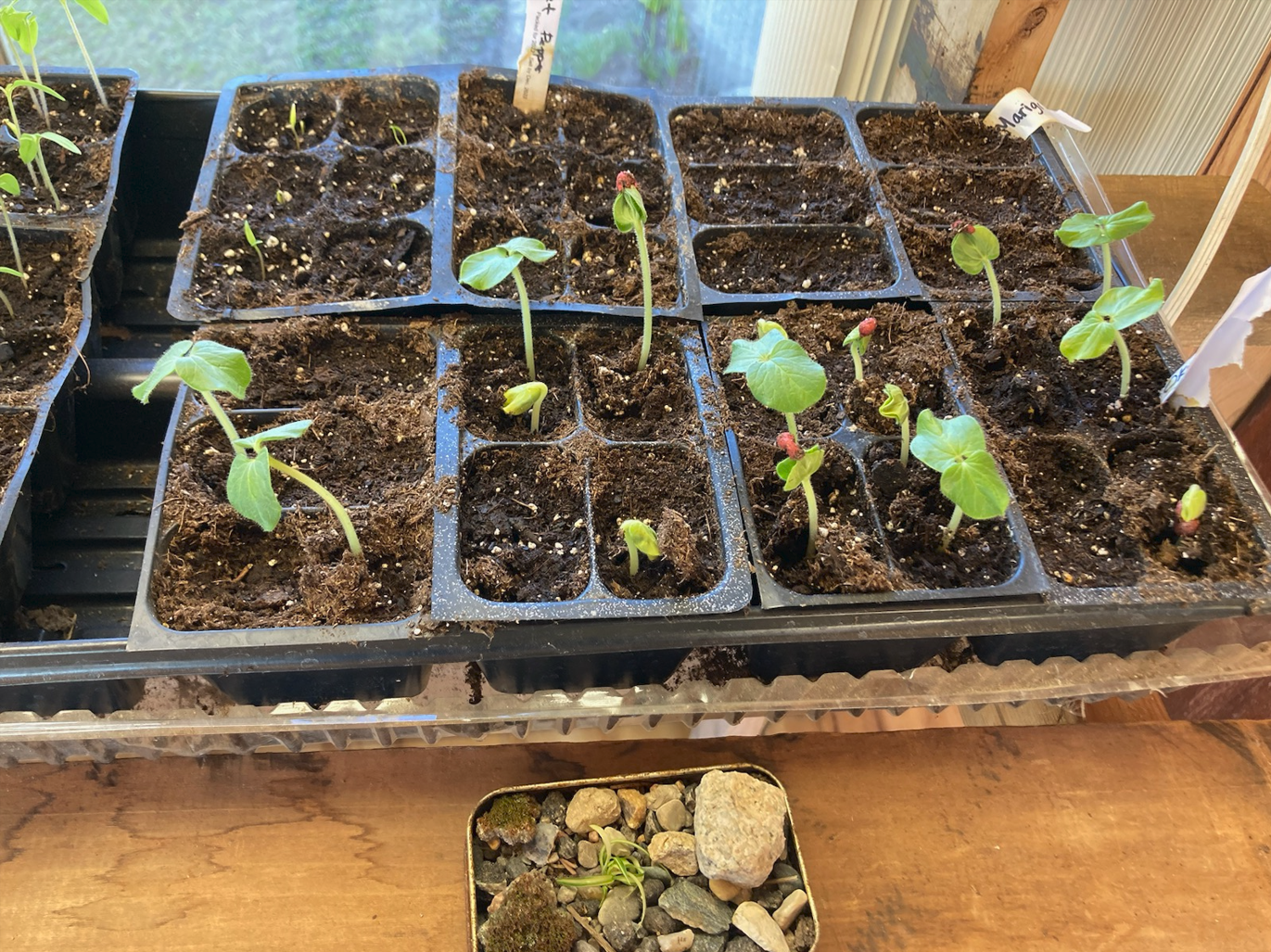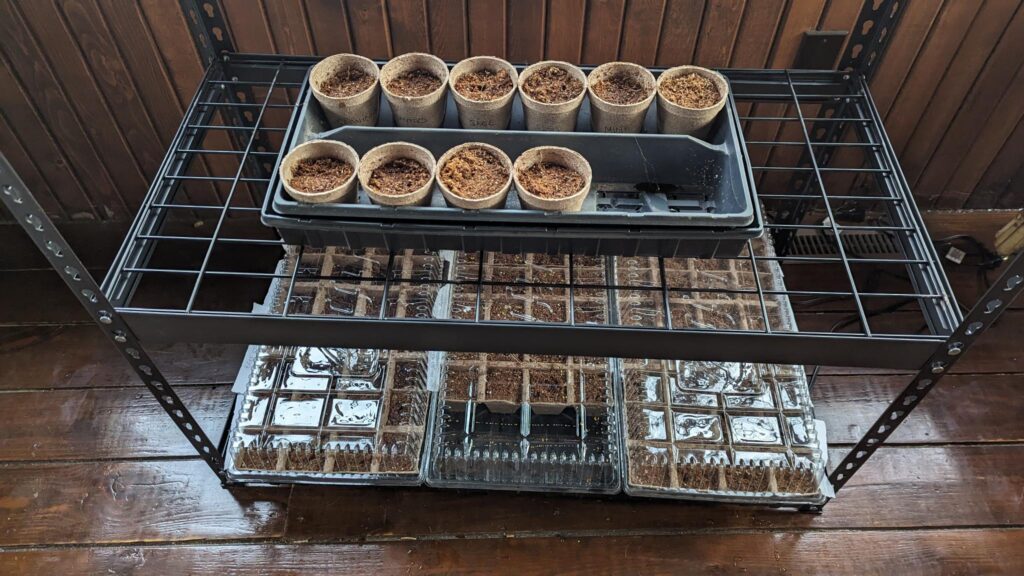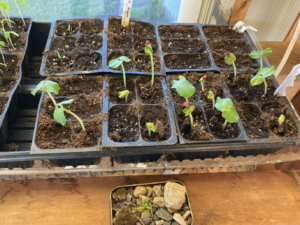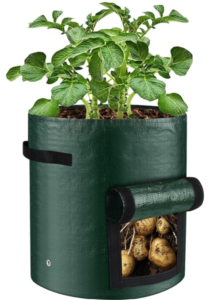
Chickens
We live on a small hobby farm. There is a decent barn and a few small out buildings. When we moved in, we discussed the possibility of raising animals. There was already a fenced in pasture, so we decided to raise cows. We quickly found that they were a huge hassle and not at all cheap to raise, at least not in small numbers. In a very odd turn of events, we lost one of our two cows after it escaped and fell through a hatch in the top of our barn. We were unable to save any of the meat, so we took a big loss.
At the same time, we had some chickens (they came with the house). I have never really cared for chickens, but my children wanted to keep them. We decided to free range them, which turned out to be a mistake. More on this later. My daughter then received some fertilized eggs from a friend of hers, and our chicken raising adventures truly began.
Chickens are cost effective
From the eggs, we ended up with 8 birds, 4 of which were roosters. All of the chickens were handled since they hatched, and were actually quite cuddly. However, once they started to mature, the roosters became aggressive toward the children. It didn’t take long for us to take them down the road to the Amish. Our 4 hens remained quite calm and before long, started to produce eggs.
We feed them a variety of foods, but more often than not, we get the cheap pellets from TSC. We also supplement them with vegetable scraps. This combination has kept them healthy and happy, and they produce eggs like crazy. When we tallied up our costs, we found that we were spending slightly less money than we were on grocery store eggs. On top of that, they were much better in quality. Additionally, when we compared the cost to the cows we raised, we found we were spending drastically less.
Chickens take less space then other animals
They also take up less space than cattle or other traditional farm animals. Our pasture is about 4 acres, and the lower part of our barn where the animal pens are is about 1200 square feet. That is a lot of space that we could use to raise a maximum of about 10 cows. However, our family does not need that many. The chickens, on the other hand, take up about 200 square feet including their coop and chicken run. At the time of writing this article, we have 15 birds in that space and we could probably have more if we wanted to clean the coop more often.
Chickens make good pets
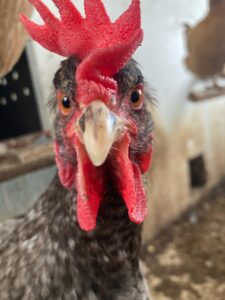
My children don’t really mind taking care of the coop, because chickens actually make great pets! I wasn’t raised on a farm, so I always thought of chickens as indifferent and even antisocial creatures. I was very wrong. As I said earlier, our chicken have been handled from the time they were hatched, and love to be held, or carried around. Each one has a name, and though I couldn’t tell some of them apart, my daughter knows which one is which. She keeps track of how many eggs they lay can even tell by looking at them when they are about to lay.
Excess eggs can be sold or bartered

With 15 hens, it happens a lot. Even in the colder months, we get around one dozen per day. This leaves us with a surplus that we can sell to help cover the cost of the feed, but my children get to claim most of it as a reward for their hard work. If they didn’t, the cost of raising our chickens would be reduced to nearly nothing. And if grocery stores were ever to close their doors due to economic troubles, or a global pandemic, we would have some pretty valuable bartering stock.
Free range vs pen raised
For that reason, we make sure our birds are protected in a coop and a completely closed off chicken run. We want them safe from all of the different animals that want to steal the eggs, or the chickens. I mentioned that we free ranged some birds when we first bought our home. Everything was actually going quite well, aside from occasionally having to discover where they were hiding their eggs. One day a hawk found out that there was an easy meal, and we lost all 4 chickens in just a few days’ time.
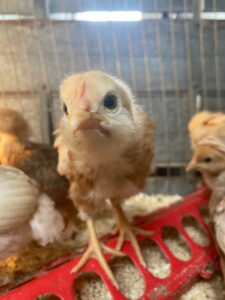
When my daughter finally hatched the eggs she got from her friend, we decided it would be best if they were in a coop. Our birds have been kept safe from neighbors’ dogs, hawks, racoons, weasels, and skunks. All of which will kill chickens and/or steal eggs. We have also found them to be more friendly when kept in the coop. I do not suggest free ranging your chickens, unless you don’t mind losing your investments in them.
Pro Tip: Unwashed eggs do not have to be refrigerated due to their natural protective coating, but once its gone, they will need to be used right away or put in the fridge. You do NOT want to crack a rotten egg inside of your home.

